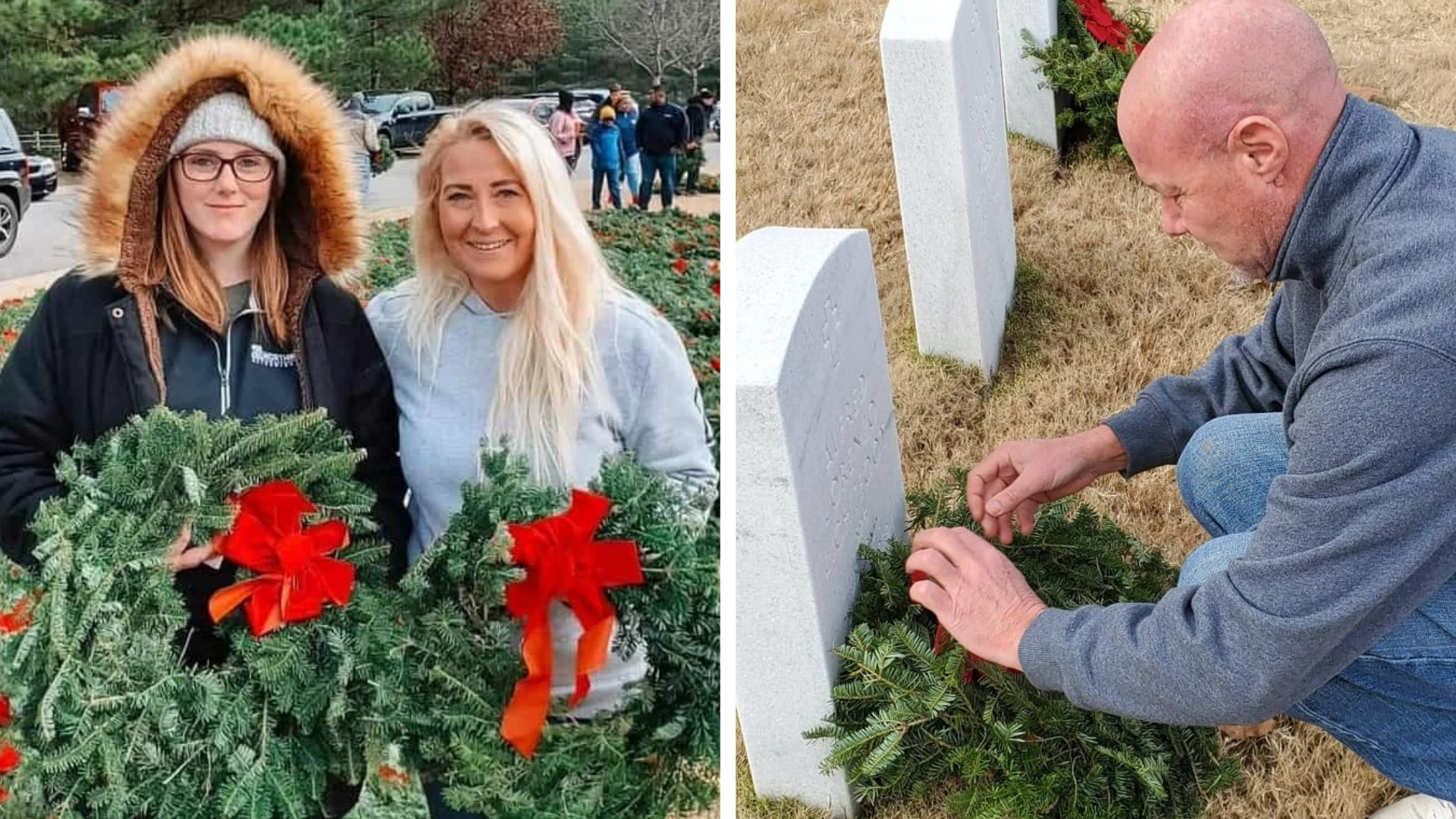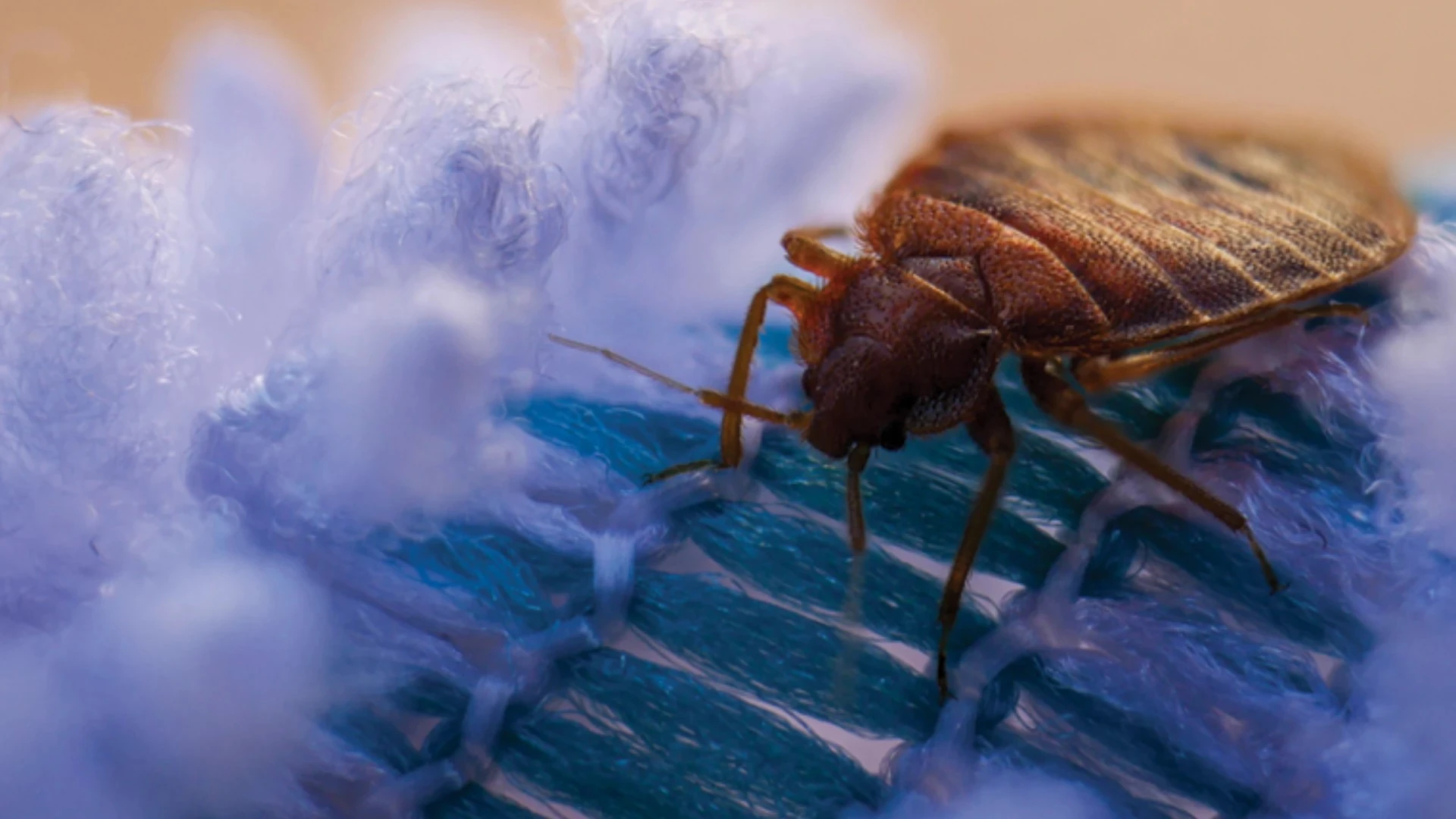Tt might be an exaggeration to use the words "bed bugs" and "plague" in the same breath, but, as you know, the topic of bed bug infestations has become quite prominent these days throughout the United States. It seems there isn’t a day that goes by without some mention of bed bugs in the media.
After having been nearly eradicated in our country by DDT applications back in the 1950s, these tiny, nocturnal bloodsucking bed bugs have mounted a serious comeback. Over the last 10 years or so, they’ve actually become a major pest. The widespread use of baits (rather than insecticide sprays for ant and cockroach control) is a factor that has been implicated in their return; bed bugs are parasites that do not feed on ant and cockroach baits. It’s thought that their resurgence has been due to several other factors, too: increased world travel to areas where bed bugs are rampant; their developing resistance to insecticides; and the fact that more people are relocating to other areas of the country. This "hitchhiker" is carried from place to place in luggage, bedding and furniture, and on clothing. Travelers sleeping at hotels or motels are at risk of becoming the bed bug’s next meal. In fact, significant numbers of bed bug infestations have been reported in hotels and motels, and smaller infestations have occurred in both high-end and low-end apartment complexes, nursing homes, college dormitories and single-family homes. They have even been found in public schools, airplanes, prisons and movie theaters.
THE 411. The bed bug (Cimex lectularius) has beak-like, piercing/sucking mouthparts and it injects its saliva into the human it has selected as a meal. The saliva acts as an anticoagulant and helps its feeding process, which usually lasts for about five minutes. And when it’s full, it will crawl back to its hiding place. Note, however, that the bed bug will feed on any warm-blooded animal, including birds, chickens and pets.
The adult bed bug is just under ¼-inch long, is brown or reddish brown and has a relatively flat oval shape. It can hide in tiny crevices in and around human living spaces. These spots include mattresses, box springs, headboards, bed linens, upholstery, behind wood trim, under furniture, inside clocks and electrical boxes, in floors, behind wallpaper and in other spaces close to a potential meal. A female can lay 500 to 1,000 eggs per year.
The first sign of an infestation is the appearance of small brownish or reddish spots on bed linens. These are droppings from the bugs. Bitten individuals may also notice swelling and sometimes localized itching.
TREATMENT TIPS. For those of us in the pest control business, bed bugs are also a prominent topic these days. Our biggest concern is choosing the best ways to treat for these creatures.
There has been much information in our industry about which treatments are successful and which aren’t. Among the most successful treatments we’ve experienced is the use of heat, since bed bugs are quite susceptible to high temperatures. As an entomologist for our company, the research I’ve done has demonstrated that a heat treatment at 120°F, maintained for a period of time, can be effective. Washing bed linens or other infested areas might not eliminate the source — heat is the key.
With that in mind, we’ve developed a treatment protocol that includes heating infested spots with a steamer (200°F at the tip), which can penetrate mattresses, cushions, sofas, and clothing up to an inch and a half. At that 200°F temperature, we’ve successfully killed live bed bugs and destroyed their eggs.
Of course, any treatment protocol begins with a thorough inspection — especially for bed bugs, which are cryptobiotic creatures that instinctively hide unless they are out foraging for food (our blood). When humans are at rest, bed bugs can sense the carbon dioxide we exhale, as well as our body temperatures (which seem to rise when we sleep), and find the way to their next meal.
INSPECTION PROTOCOLS. When inspecting, pest management professionals can’t be too thorough; but because of this, bed bug control is one of the most labor-intensive treatments in our industry. To be successful, it is important to locate the sources of infestation — the harborage area. It is also important to interview the client to determine a possible ongoing translocation source.
Our company’s protocol includes the use of bed bug scent-detecting dogs. We utilize four specially trained dogs. We have field-tested two bed bug monitors on the market today but they are rather expensive, running between $250 and $500 each. They have achieved mixed records of success, but frankly, my research hasn’t found monitors in general to be reliable. In cases where we have used a bed bug scent-detecting dog in an inspection, the dog did verify the presence of bed bugs, but the monitors in place didn’t reveal any activity.
Standard glueboards don’t work well either unless they are placed in a highly infested site. It seems that bed bugs can walk on top of the glue unless the room is at a high enough temperature that enhances the glue’s adhesiveness.
After we have steamed the bed bugs, we HEPA vacuum around corners and under carpet edges, as well as mattresses, box springs and all furniture in the area. We’ll then treat with a contact insecticide, and perform dust applications in voids. We’ll treat under carpet edges and at the tack strips and also treat with a residual liquid pesticide.
Washable items from the infested area can be washed in hot, soapy water and placed in a hot dryer for about 60 minutes and then bagged, removed and laundered. Bags should be disposed of outdoors. The cleaned items should be returned in new bags.
After the initial pesticide application, we’ll go back and encase the mattresses and box springs with a bed bug proof encasement and then follow that with the same protocol two weeks later. Depending on the size of the infestation, we may go back a third time, two weeks later. But typically our protocol calls for one follow-up treatment 14 days after the initial treatment.
Tim Hendricks is an entomologist, A.C.E. and director of training for Assured Environments, New York City. He attended Francis Marion University, Florence, S.C., earning a bachelor of science degree in sociology. He has more than 25 years experience in the pest management industry and is a member of the Entomological Society of America and the Copesan Technical Committee.
Copesan is an alliance of pest management companies with locations throughout North America. To learn more, visit www.copesan.com.

Explore the September 2010 Issue
Check out more from this issue and find your next story to read.
Latest from Pest Control Technology
- Rentokil Terminix Expanded in Key Markets with 2024 Acquisitions
- In Memoriam: Joe Cavender
- Certus Acquires Green Wave Pest Solutions
- Liphatech Adds Alex Blahnik to Technical Team
- Do the Right Sting: Stinging Insect Identification, Management, and Safety
- VAGA's 8th Annual Veterans Thanksgiving Appreciation Dinner
- Clark's Blair Smith on the Response to Increased Dengue Fever Cases in Southern California
- WSDA, USDA Announce Eradication of Northern Giant Hornet from U.S.





